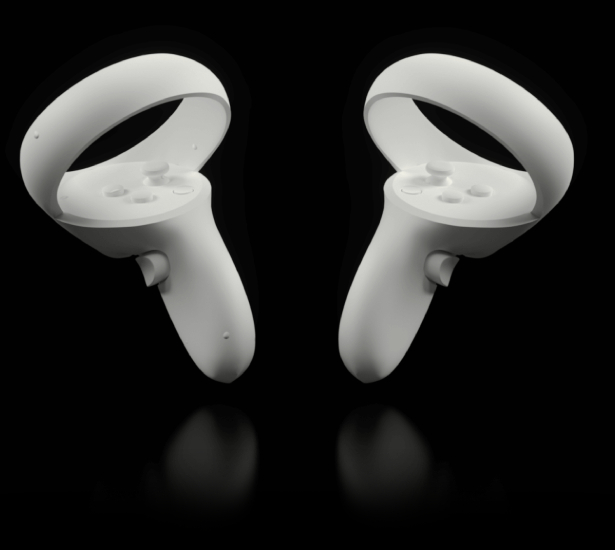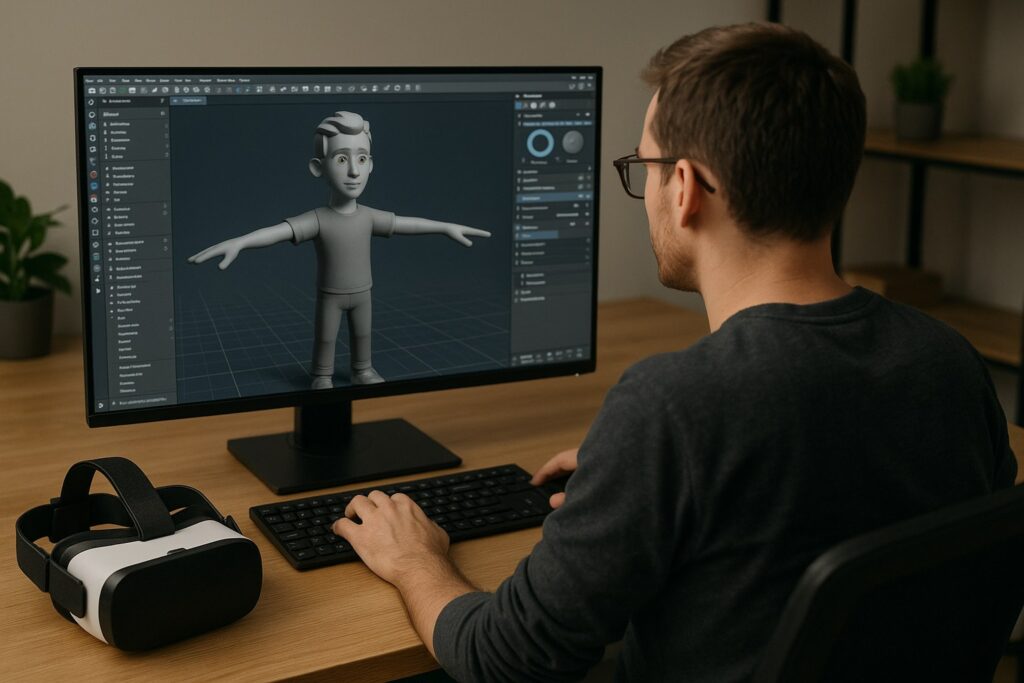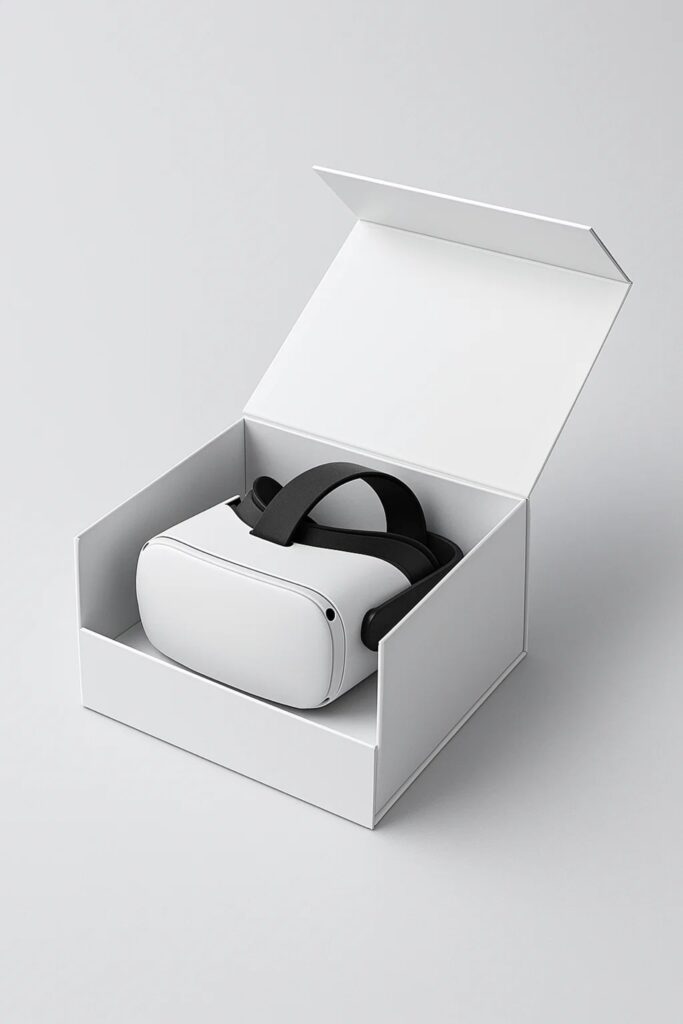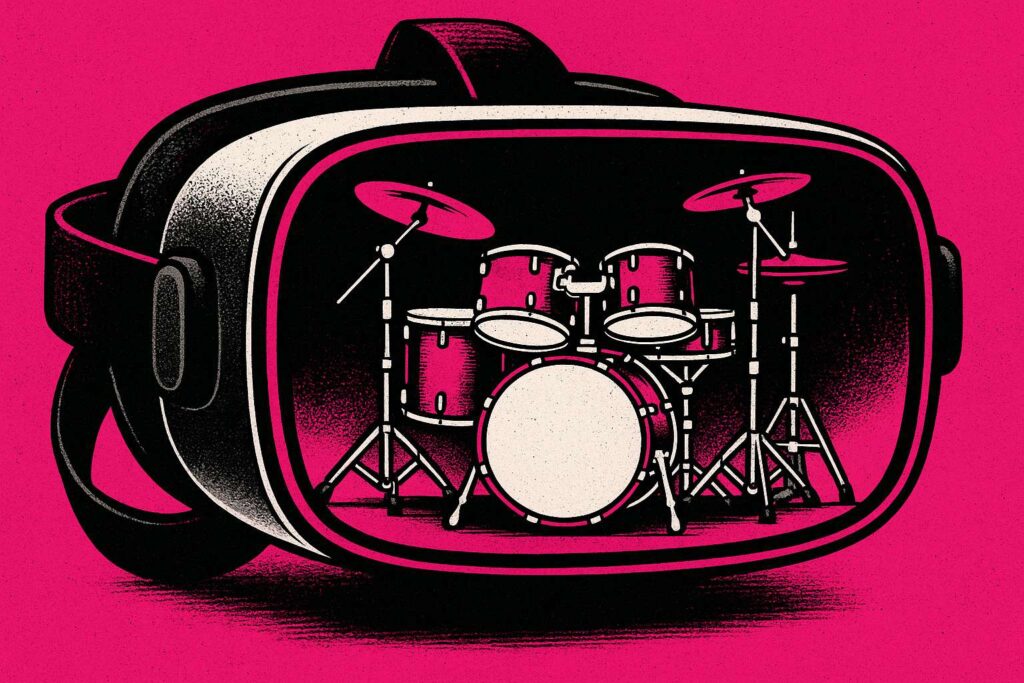The emergence of metaverse trends has garnered significant attention recently. Market projections estimate that the industry will experience substantial growth, reaching a valuation of $800 billion by 2028. This evolution has the potential to revolutionize a variety of industries, fundamentally altering how individuals engage with digital environments. As we move into the current year, we anticipate unveiling numerous developments within metaverse platforms and virtual and augmented reality technologies.
Let’s explore some of the current and anticipated trends and predictions in the field of Virtual Reality (VR), Augmented Reality (AR), and Metaverse for 2023.
Augmented Reality (AR)

AR Solutions for Business
Even though Augmented Reality (AR) technology has been around for a while, it’s gaining even more popularity in 2023. Market research predicts that the global virtual and augmented reality market will reach $142.4 billion by 2023, a big jump from its value of $13.4 billion in 2018. This growth is due to several emerging trends, such as AR being integrated into wearable devices. Additionally, many people are expected to use AR on their mobile devices, with an estimated 1.4 billion individuals using AR on their phones by 2023.
1. AR on Mobile Devices
For a few years now, Google has been actively working on developing mobile devices compatible with ARCore, as mobile AR apps have become increasingly popular. It is predicted that by the end of 2022, there will be 4.67 billion consumer mobile AR-enabled apps in the market. At the same time, it is expected that the number of mobile AR users will reach 2.2 billion. The first big company to implement AR features was the popular social media app Snapchat. The AR filters created in Snapchat attracted a lot of attention, resulting in other social media platforms, such as Instagram, adopting the filters. Not long after this, PokemonGo, arguably the most well-known example of AR among non-users, was released. Many companies like Mercedes and Ikea followed this example with successful retail use cases, to the point that consumers could use AR and 3D Visualization to transform their home.
Click here to learn more about AR solutions.
2. AR Live Stream Shopping
Live stream shopping is already a big deal in China, becoming increasingly popular in the Western world. In China, this trend is expected to grow into a $770.70 billion market by 2023. Brands use e-commerce applications and social media platforms like TikTok Live and Instagram Live to promote and sell products through shoppable live streams led by influencers. This method has several advantages for marketers, but customers still can’t try on items. The virtual try-on solution would be a game-changer for this rapidly growing industry. This technology will provide customers with a more realistic shopping experience and eliminate the negative aspects of internet purchasing, such as product returns.
3. “Try before you buy” Solutions
Augmented reality can significantly enhance the marketing experience for both businesses and consumers. Materials based on augmented reality are proven to improve engagement rates, but they could also seriously increase the likelihood of customers making a purchase. This is especially true for retailers, who have begun implementing AR in their online stores, allowing customers to virtually try on products without ever having to leave their homes. The shoppers welcomed this feature since more than 60% of them claimed to prefer shopping using AR. Additionally, many store owners are optimistic about the shift towards AR solutions, with 46% having a positive outlook on the technology. Some of the most famous examples of AR in retail include WebAR, Mini programs, and AR apps, which are commonly used for trying on shoes, accessories, clothes, and other products.
Check out some of the ideas for “try before you buy” solutions.
Virtual Reality (VR)
VR Experiences
Virtual reality has come a long way in the past few years and is far more than just a gaming and entertainment tool. VR is being utilized across various industries, such as healthcare, education, tourism, and business. There are many options for how big enterprises can benefit from VR. Regarding business operations, VR technology can train employees in realistic scenarios, allowing them to practice and improve their skills. Meanwhile, consumers can use VR to have a more immersive and engaging entertainment experience and to make more informed decisions when reviewing products.

1. VR as a tool for remote education
Virtual Reality (VR) is increasingly used in the education sector to enhance the learning experience for students. Research shows that VR-based learning management solutions and VR-based training could improve test scores by up to 20%. VR in education makes learning more interactive and engaging and can provide an alternative to face-to-face classroom learning, which the COVID-19 pandemic has disrupted. There are many subjects in which educators can utilize VR technology, such as history, science, and technology, and can provide students with virtual field trips to places such as museums, historical sites, and even other planets.
2. Cost-friendly VR solutions
Compared to VR, one big advantage of AR has always been that it is much cheaper. For this reason, VR sales were lower in previous years. But more affordable virtual reality hardware on the market is changing these trends for the better. Research shows there is a 30% year-over-year increase in the revenues of VR companies. It’s safe to say that VR’s main challenge for customers is still the cost of it. For example, when Oculus Rift first went on the market in 2017, it was at $599. But for buyers to use it, they still needed to have a compatible PC, which was around $1,200. However, the newer models of Oculus and other companies are presented to us at much lower costs, thus drastically changing the customer interest in VR technology. For example, Google’s Daydream offers a smartphone-based VR experience for as little as $50.
3. Gaming in VR
Currently, the VR gaming revenue is valued at $1.1 billion, and by the end of the following year, it’s expected to grow to $2.4 billion. The whole VR software market owes 43% of its value to the gaming sector. VR has a unique competitive advantage in the gaming industry, being able to control and modify the game environment completely. And with each coming year, VR games become more and more appealing to the audience. The significant factor might be the price reductions in hardware, but there is no doubt that the game content keeps getting better. For this reason, VR game developers have become much more competitive, and there’s been an increase in demand for VR-based jobs.
Have ideas for VR gaming solutions? Contact us.
Metaverse

Expected Metaverse Trends
The metaverse has been the main buzzword in the AR/VR circles for some time. The metaverse is a computer-generated virtual world that allows users to interact with each other and digital objects in real time. It’s a fully immersive and interactive experience combined with virtual, augmented reality, NFTs, and other immersive technologies.
1. More realistic avatars
Avatars have been used as virtual representations of humans online for some time now. The metaverse and the use of AI have added a lot to this trend, and we can see a significant increase in the use of avatars as they become more realistic and customizable. There are many benefits to using avatars as virtual representations in the metaverse. Firstly, this feature makes it easier for users to express themselves and interact with others in the metaverse in a more personalized way, yet with a certain level of privacy. Avatars make it easier for people to remain anonymous in meetings and virtual events if they desire to do so. Another great feature of virtual avatars is that they could be the same as the user in real life, or they could be modified as much as the user wishes, with various assets such as clothes, jewelry, wigs, or other aids such as wings, or metaverse body suits.
2. Integrating the virtual world into the physical one
Metaverse is, at its core, a physical world. But with further developments, it’s becoming increasingly connected to the physical world. In 2023, there will be more examples of this, like virtual events being held in physical locations or VR experiences being linked to real-world locations. A great example of this integration is using VR in the real estate market. In this case, instead of going to the property physically, potential buyers can take a virtual tour of the property using virtual reality. This metaverse feature saves a lot of time and money for the realtors as well as potential buyers and gives a great first impression of the property without ever needing to visit the location.
Want to learn more about how metaverse can benefit your marketing campaign? Click here.
3. New trends in marketing
Marketing is an industry that always needs to be one step ahead of trends to stay relevant in the market. As the technologies evolve, marketing strategies must continually adjust to keep up with the rising potential of the Metaverse. For this reason, many businesses have already set up virtual stores for users to walk around using their avatars and browse digital and physical collections. There are many benefits for companies that create fully interactive experiences instead of just simple websites. A great example is Nike, which adopted a game-based marketing approach where in Nikeland, users can play various sports-based games while also visiting the virtual store to buy accessories for their avatars or physical life.
Are you interested in implementing any of the solutions for your business? Contact us for a free consultation!
👋 get in touch
By clicking the “send” button, I agree to the collection and processing of my personal data as described in the Privacy Policy.





